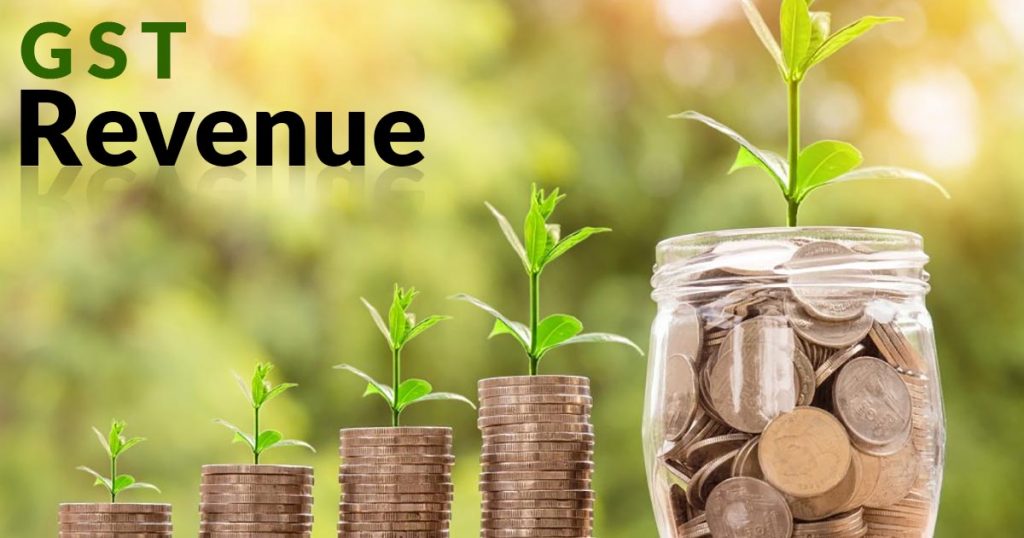
Economist and current FM of West Bengal Amit Mitra’s warning on declining GST revenue were dismissed by many saying it a pure politics. In an event, he said that India’s federal revenue system is at risk if the Centre denies guarantee of a 14% GST growth in the states’ revenue right now, if the state GST revenues don’t rise by 14%, this might call for the center to compensate for the shortfall.
He further added that States might face an economic calamity if 14% of GST growth is not guaranteed for another 5 years after 2022.
On GST revenues many said that it is not as effective as it was initially or maybe it never had an efficient mechanism. Whatever might be the reason, the GST revenue collection showed a terribly depressing growth rate from Rs. 92,581 crore in FY 18 to just Rs. 101,049 crore in FY 20.
While many along with Amit Mitra are expecting that the Central government will provide some aid against the shortfall, there is no law under GST saying that Centre is liable to compensate if the cess collection falls short. Therefore even if 14% GST growth is guaranteed by the centre for another five years, if cess falls short the states will get nothing.
States cannot hold the central government responsible for implementing less than perfect GST system as it is the joint responsibility of the GST council in which the states are the members. It is suggested that the council must bring products with very little or no GST rates to higher tax rate slabs, this will enhance the figures of GST collection.
For instance, the government right now is able to pool up Rs. 1,20,000 crore on 5% tax slab, so the doubled tax rates will contribute considerably to GST revenues. As far as consumer needs are concerned a slight hike in tax rates will not affect them much.
Another advantage of increasing tax rates is that the gap between the tax slabs will become narrow and with that the chances of counterfeiting of invoices by unscrupulous suppliers. One more advantage that the hike in tax rates brings to the government is that it will lose less from its input tax credit reserves.
For instance tax on mobile rates is 12% but the input credit is at 18%, so the government is obliged to give GST refunds to the industry benefitting them similarly the government fetches 5% GST on clothes we purchase while inputs are taxed at 18% means the loss of Rs. 30,000 crores. In the case of fertilizers, the final product is taxed at 5% while the inputs are taxed at 18% clearly there is a loss of Rs. 7,000 Crores.
Countering the proposal of raising tax rates states said that there will be no requirement of increasing tax rates if tax frauds are controlled. Tax evasion or tax frauds have caused a loss of Rs. 45,600 crores (aggregate of all indirect taxes). The aggregate of registered GST frauds last year was Rs. 11,500 Crores and there are probabilities of tax evasions up to Rs. 100,000 crore in a year.
Looking upon the issue of tax evasions there is a basic level of invoice matching allowed by the system. Every business needs to file its invoice level returns in Form GSTR 1, so while paying the GST dues and in the summary of GSTR 3B the turnover is checked automatically.
For Instance: If firm A creates an invoice of supplies worth Rs. 100 Crores for firm X and firm B shows the supplies worth Rs. 350 crores to firm X but firm X reveals its annual turnover to be Rs. 300 crores only, the fraud gets detected here itself.
So once the returns are filed it becomes easy for the government to easily encounter tax-thefts. As per experts, the prevailing system is not enough to completely eradicate tax evasion from the country it needs reforms. Catching tax evasion is tough and a time-consuming task and the government can’t afford to delay in making a proper invoice matching mechanism if it needs higher GST revenues.









